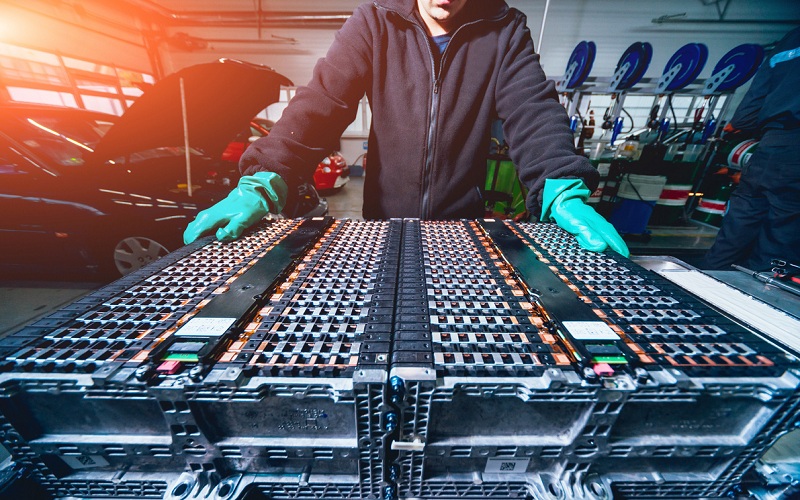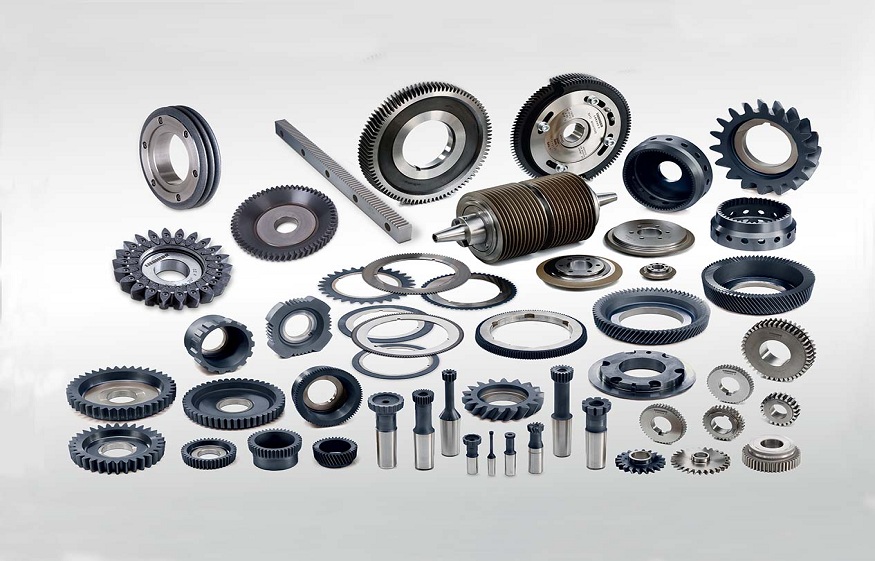Your car’s battery is essential for an engine start and powering electrical systems. But batteries don’t last forever. With some basic maintenance, you can maximize battery life and avoid getting stranded with a dead one.
Battery Anatomy
Lead-acid batteries have been used in cars and trucks for over a hundred years. The typical automotive battery contains six secure-fitting cells submerged in a liquid electrolyte solution of water and sulfuric acid.
Lead plates inside each cell, a positive plate coated in lead dioxide and a negative plate made of sponge lead, allow ions to flow between them, producing electrons that make up the battery’s power output.
A heavy plastic casing contains the cells and acidic fluid. Two terminals on the top, a positive (+) post and negative (-) post, attach to cables carrying current to the vehicle’s electrical systems and starter.
Battery Age and Replacement
Thanks to acid corrosion and repeated charging/discharging cycles, all automotive batteries slowly deteriorate over 3-5 years. Hot operating temperatures speed up this process.
Dimming headlights, slow crank times on engine start, and a swollen, cracked battery casing indicate the battery is nearing the end. At that point, replacement is needed to ensure reliable starts.
Checking Battery Charge
To maximize lifespan, batteries need to stay properly charged. The experts at Clore Automotive recommend using a basic voltmeter or professional 12-volt battery tester to check charge levels periodically.
With the engine off, a fully charged battery should read around 12.6 volts on the meter. Anything below 12.4 volts indicates undercharging. Follow proper safety precautions when testing, as batteries contain hazardous sulfuric acid.
Battery Charging
You can often recharge dead or undercharged batteries by using a trickle charger or portable jump-starter pack. Simply connect the positive and negative terminals of the charger to the corresponding battery posts, being careful not to allow the cable clamps to touch and short-circuit.
Battery Cleaning and Maintenance
Battery terminals and cable connectors develop corrosive buildup over time. This bluish-white powder or crusty residue creates resistance in the electrical connection.
To clean off corrosion, first disconnect the battery cables. Then apply a baking soda and water solution to the terminals and cable connectors with a stiff brush. Baking soda helps neutralize the acidic corrosive buildup. Rinse thoroughly with water when done scrubbing.
Finally, apply a thin coating of dielectric grease to the terminals before reconnecting the battery cables. This grease protects against future corrosion.
While the battery is disconnected, inspect its physical condition. Look for signs of swelling, cracking, or leaking fluid that could point to imminent failure. If the battery is old or worn, replacement is recommended.
Driving Habits Impact Battery Life
How, and how often, you drive affects battery charging as well. Frequent short trips with lots of stops and starts are harder on a battery than longer highway driving stints. This is because more power is drawn by starting the engine repeatedly from cold.
Batteries also discharge faster when powering accessories like headlights, heated seats or the radio with the vehicle parked and engine off. If doing this frequently, it’s a good idea to periodically start and idle the engine to recharge the battery.
The Right Battery Matters
Match your battery choice to driving conditions and accessory needs. Larger batteries packed with more plate surface area produce more power output for reliable starts in colder climates or for running power-hungry accessories.
In hot weather areas, a heat-resistant absorbed glass mat (AGM) battery is ideal for handling high under hood temperatures better than standard flooded cell batteries.
Conclusion
With proper battery installation, periodic charging and simple maintenance, you will get maximum life and reliability out of your battery. And that means fewer dead batteries and more dependable starts.




